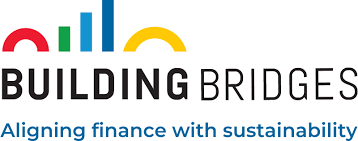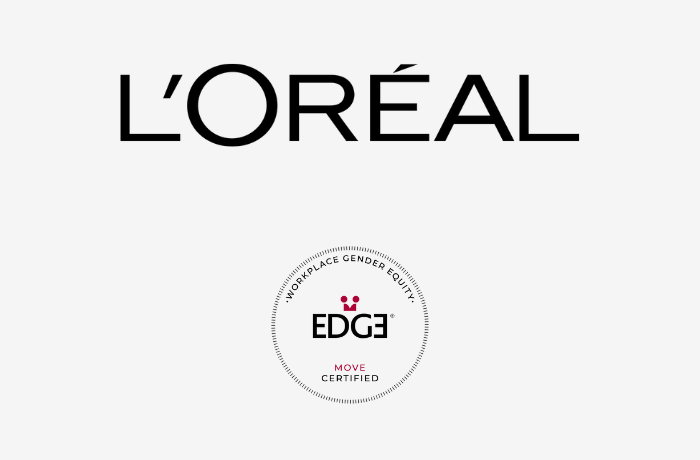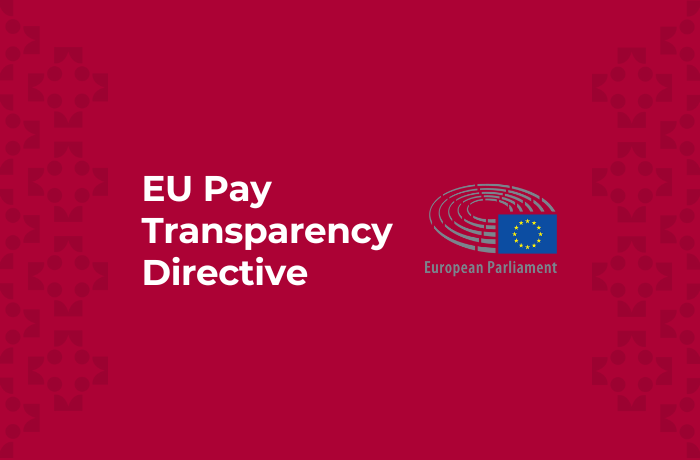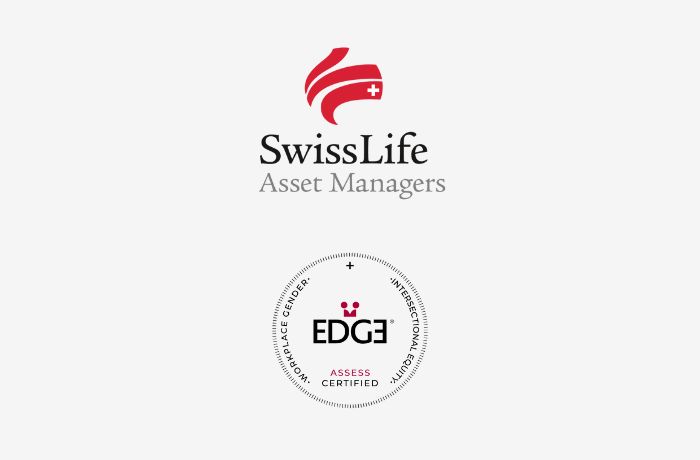
Through criticism we can gain understanding
Gender Lens Investing (GLI) is an essential ingredient of sustainable finance. But concepts such as ESG and DE&I that underpin it are often misunderstood, mean different things to different people, and attract critics.
Private and public sector organizations can play an important role in countering these critics and make a difference. Working with data-led analytical approaches in ESG and DE&I using reputable standards and frameworks, they can make a world of difference to how they manage performance and how they are viewed by stakeholders from boards and employees to investors and the wider public.
Late September, Adrian Wooldridge, global business columnist for Bloomberg Opinion, commented that ESG and DE&I “bundle together different things that range from the admirable to the questionable” and that their interchangeable use “distracts from the mission that initially set the buzzwords afloat.”
Just as Wooldridge criticized the application of ESG and DE&I, so have others, and it’s clear that as these themes rise on corporate and public policy agendas, the voices of criticism also become louder.
And this isn’t anything bad. On the contrary, it opens up opportunities to improve while highlighting the deficiencies that need correction.
This was the thrust of what I presented at the Building Bridges Week in Geneva this week in the very insightful session organized by Gender Lens Initiative for Switzerland when I spoke on the topic of standards, frameworks and principles related to Gender Lens Investing and sustainable finance.
But why do deficiencies exist? Why are ESG and DE&I criticized?
ESG: where diversity in definition gives rise to greenwashing
ESG began in the mid 2000’s in parallel to when sustainability came to the fore, and was developed from an investor perspective. It was seen by the converts as a disruptive idea that sought to further develop sustainable investments and challenge the status quo in how environmental, social and corporate governance (ESG) topics were factored into investment management processes. It had good intentions from the outset.
But the fundamental issue with ESG – and therefore a key deficiency – is that from the beginning it meant different things to different people. This in turn has spurred on misunderstandings in the dialogue, research and opinions that followed.
- Some felt that ESG was ‘good for the planet’ and society and could have a positive impact. A view held mainly by non-investment professionals, the public and impact investors, ESG was seen as an outcome or as an overall objective for investing to create positive social environmental impact.
- The investment community, however, including fund managers, data and research analysts, saw ESG as taking environmental social and governance issues into account when assessing the potential risk adjusted returns of an asset. For them, ESG was not an outcome, it was an input to their investment process.
- A third perspective, also outcome driven is held by the corporate world, looked at it through a different prism. They overlapped the term with sustainability and sought to understand those issues that affected organizational performance or profit, thus focusing on business risks or new business opportunities.
With three differing perspectives and an opportunity to tap into a fast-growing investment segment, it’s no wonder that greenwashing for short-term gain appeared and was allowed to take root, thus amplifying the criticisms being levelled at ESG today.
DE&I: where short-termism and lack of equitable and inclusive frameworks undermine performance
DE&I too has its critics, albeit that they are less vocal through fear of being labelled as racist or sexist. They – like Wooldridge – are careful about how they position themselves.
Diversity, equity and inclusion (DE&I), was once seen as a sub-component under the human resources department, but has now evolved into a core function that organizations aggressively invest in. As employees discuss their discriminative experiences in the workplace, organizations scramble to improve their talent management practices and company culture.
Similarly to ESG, the construct DE&I means different things to different audiences which has triggered widespread misunderstanding in its use. For example:
- Investors and organizations have often used DE&I as a catch all term for anything to do with social inequity in the workplace. Many organizations are guilty of addressing these reputation-risky issues and making changes without trying to understand where they stand in terms of key diversity metrics, how equity is defined, and what inclusive practices really mean – the ills of social inequity effectively bundled together as one.
- Organizations have arguably not demonstrated a difference in terms of performance or impact from their DE&I activities. As my colleague Aniela Unguresan has frequently pointed out in her perspectives, initiatives have lacked focus, with unstructured policies and programmes put in place often as a knee-jerk response to public or employee opinion. Isolated diversity-only activities seeking to make a short-term visible difference have been undertaken without establishing equitable and inclusive policies, structures and frameworks that support a diverse culture. Importantly, where decisions are not based on relevant data analytics they don’t change performance. Criticism here is fair.
Critically, it’s the ability to make token claims and send out communications without meaningful long-term action that perpetuates genuine concerns over both ESG and DE&I. Consider how many organizations made immediate and short-term claims in relation to their support for the Black Lives Matter campaign or make yearly claims around International Women’s Day.
From the criticism of both ESG and DE&I, continued work among all actors on the following would in my view be helpful to close the deficiencies and misunderstandings that have arisen:
- Clear and aligned standards and frameworks to bring consistency and coherence to definitions, data and information as well as help organizations effectively navigate the ESG and DE&I landscape and support accountability of performance.
- More comprehensive, comparable, third-party certified data and analytics to help all stakeholders understand what corresponds to good or leading practice and to expose the deficiencies.
- Public policy intervention to drive broad-scale accountability and transparency in relevant selected ESG and DE&I sub-topics and minimize the risk of greenwashing.
- Room around the core frameworks to give organizations the possibility to work on their individual journey, continuous improvement and relevant target setting and actions.




